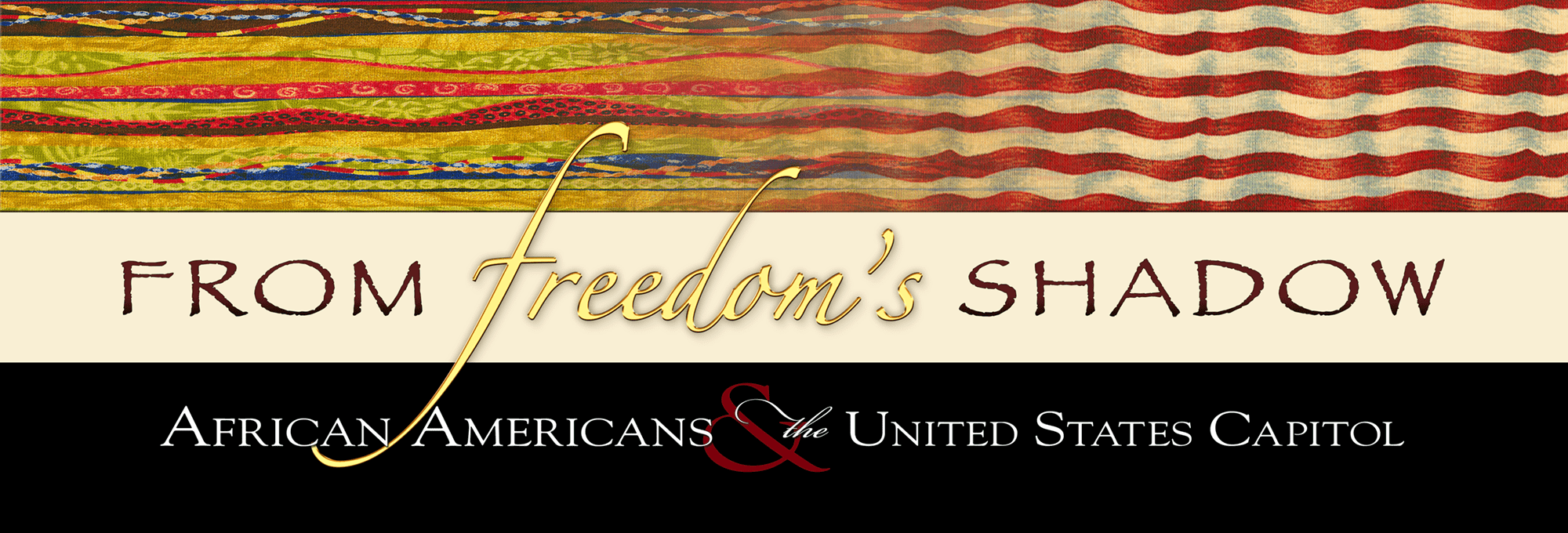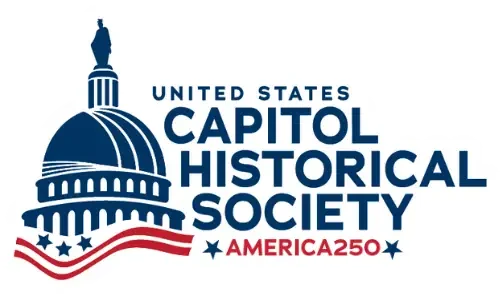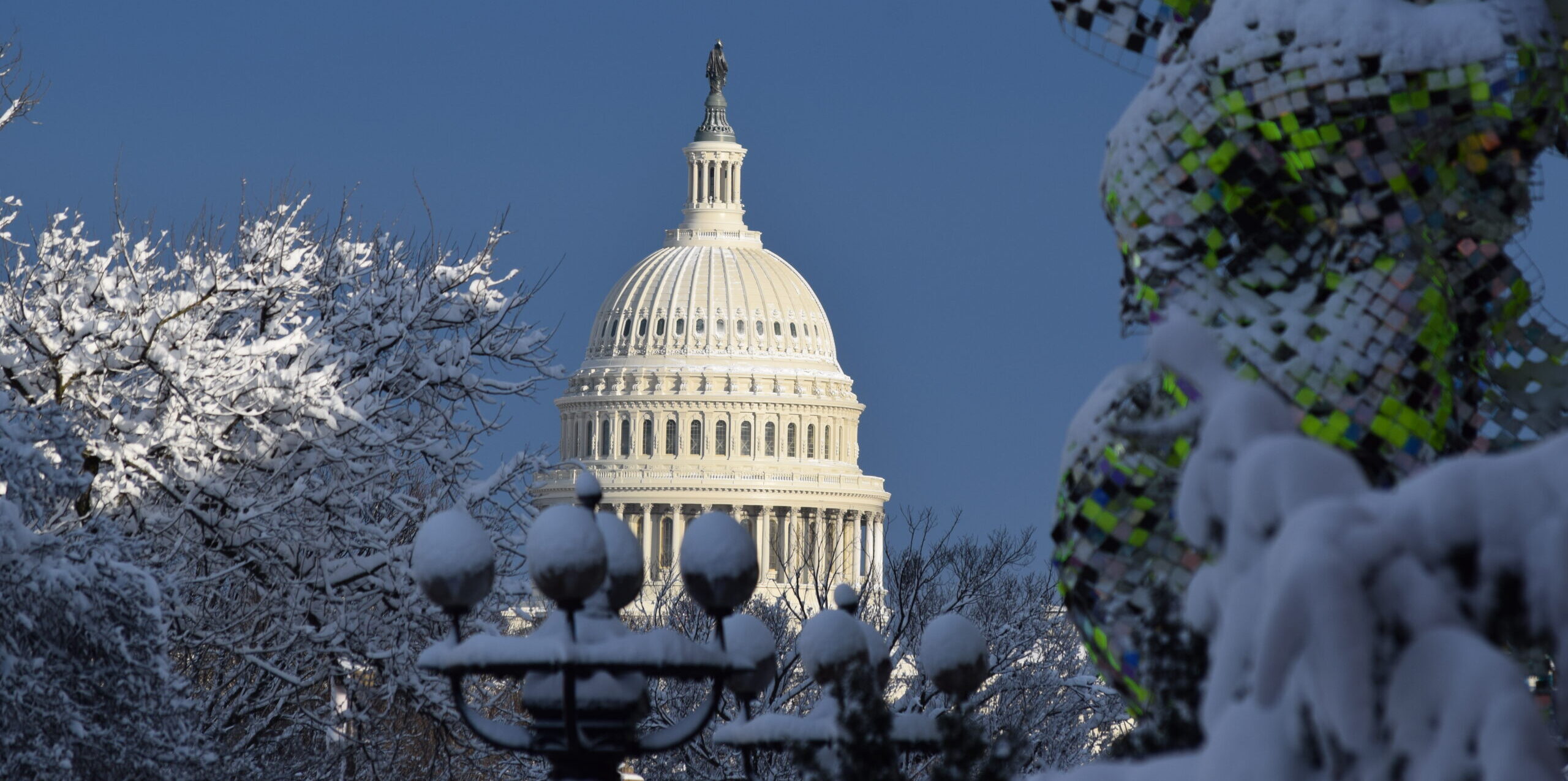
FREEDOM: Achieved
[A]ll persons held to service or labor within the District of Columbia by reason of African descent are hereby discharged and freed.”
— D.C. Emancipation Act, April 16, 1862
The Statue of Freedom was cast from Crawford’s plaster model at Clark Mills’ foundry in the District of Columbia. In 1859 an Italian craftsman demanded more money for the job. Mills then turned to one of his enslaved men, Philip Reid, to separate the five sections of the plaster model. Reid then worked on casting the sections in bronze. Once the casting was completed in 1862, workmen erected the statue section by section atop the Capitol Dome. The final section was bolted in place on December 2, 1863, with thirty-five guns firing a salute to Freedom. If Philip Reid was present on that day, he was there as a free man. The D.C. Emancipation Act ended slavery in the District of Columbia on April 16, 1862.
FREEDOM: Phillip Reid and the Statue of Freedom
“I have endeavored to represent Freedom triumphant.”
— Thomas Crawford, 1855
The nineteen-foot six-inch bronze statue of Freedom crowns the cast-iron Dome of the Capitol. Sculptor Thomas Crawford’s second design represented Freedom as a female figure clad in classical robes, bearing a sheathed sword and shield, and wearing a liberty cap.
Secretary of War Jefferson Davis, a slaveowner from Mississippi who would later become president of the Confederacy, objected to the liberty cap “as the badge of a freed slave” and suggested that Crawford change the statue’s headgear to a helmet. The sculptor followed Davis’s instructions, and Freedom wears a helmet composed of an eagle’s head and feathers. Neither Davis nor Crawford could know that an enslaved African American would play a critical role in casting the statue.
The statue of Freedom was cast from Crawford’s plaster model at Clark Mills’s foundry in the District of Columbia. After an Italian craftsman in 1859 demanded more money for the job, Mills turned to one of his slaves, Philip Reid, to separate the five sections of the plaster model. Reid then worked on casting the sections in bronze.
Once the casting was completed in 1862, workmen erected the statue section by section atop the Capitol Dome. The final section was bolted in place on December 2 with thirty-five guns firing a salute to Freedom. If Philip Reid was present on that day, he was there as a free man. The D.C. Emancipation Act had ended slavery in the District of Columbia on April 16, 1862.








